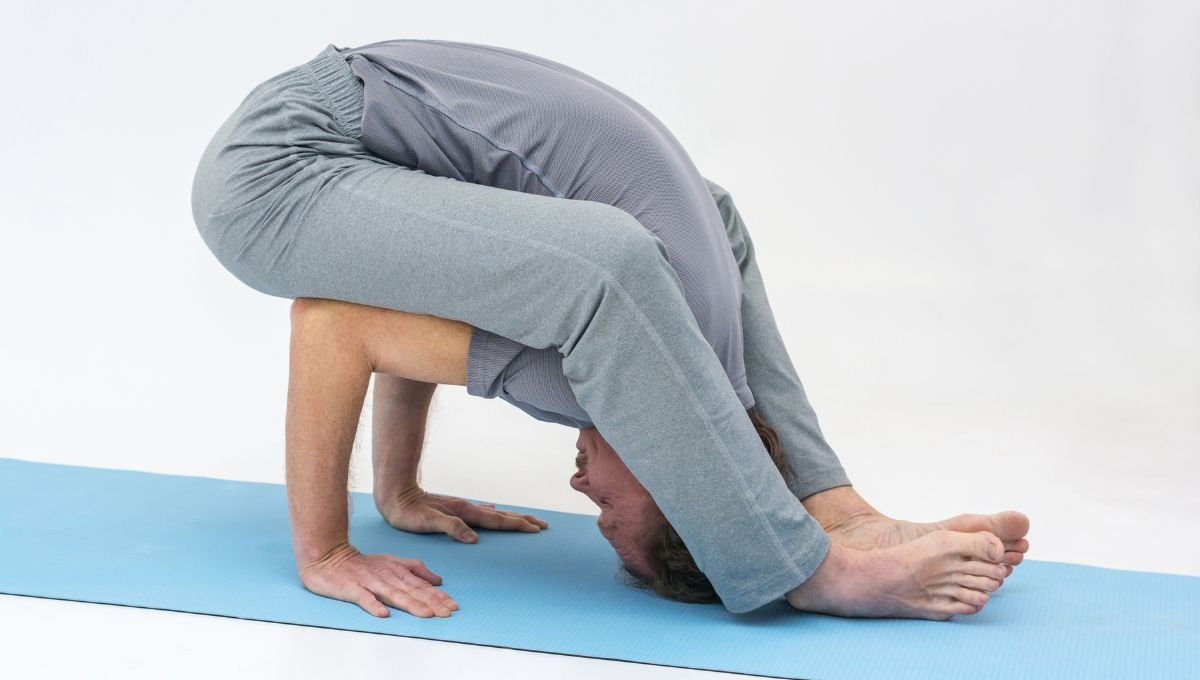Green Asanas for a Greener Planet: Embracing Sustainable Practices in Yoga for Environmental Stewardship
Short Intro:
In the realm of well-being and physical care, “Green Asanas for a Greener Planet” has arisen as a pivotal development, entwining the ancient practice of yoga with contemporary environmental cognizance. This initiative mirrors a developing pattern among yogis and well-being enthusiasts to align their practice with Eco-accommodating standards, adding to the health of our planet while supporting their own prosperity.
Late-market statistics feature a significant shift towards sustainable living, with the yoga community playing a leading role in adopting and advancing practices that limit environmental impact. From Eco-cognizant yoga mats to energy-successful studios, the yoga world is reevaluating what it means to be green, demonstrating that the path to personal health and planetary health are a lot of the same.

The Epitome of Sustainable Yoga Practices
Sustainable yoga practices go beyond the mat, encapsulating an exhaustive approach that encompasses all facets of yoga, including how we pick our gear, where we practice, and the organizations we support. This advancement towards green asanas encourages the yoga community to ponder the ecological impact of their practice and to make choices that help environmental sustainability. Whether it’s picking yoga mats made from natural, biodegradable materials, attending classes at studios committed to green practices, or participating in outside yoga gatherings that decrease the prerequisite for artificial lighting and air shaping, each aspect of yoga can be tailored to help a healthier planet.
Eco-Accommodating Yoga Gear
Potentially the most immediate way yogis can contribute to environmental stewardship is through the decision to buy Eco-accommodating yoga gear. The market is answering this demand by offering things made from sustainable materials like organic cotton, natural elastic, and jute. These alternatives not only diminish the reliance on designed, non-biodegradable materials, but additionally often give a prevalent hold and comfort, enhancing the overall yoga experience.

Sustainable Yoga Spaces
The plan and operation of yoga studios also play a crucial role in the development of green asanas. Studios are increasingly adopting sustainable practices, from using renewable energy sources and Eco-accommodating structure materials to carrying out waste reduction programs and supporting local, green organizations. These efforts not only limit the environmental impact of the studio but additionally create a more healthy and moving space for practitioners.
Care and Environmental Awareness
At the heart of sustainable yoga practices is an extended feeling of care and association with the Earth. Yogis are encouraged to practice with an awareness of their impact on the climate, cultivating a feeling of obligation and care for the planet. This care reaches out beyond the yoga studio, impacting way-of-life decisions and encouraging a more sustainable way of living.

Local area and Collaboration
The green asanas development blossoms with local area engagement and collaboration. Yoga occasions and studios zeroed in on sustainability, open-air yoga classes in natural settings, and local area clean-up activities are only a couple of ways the yoga local area meets up to help environmental stewardship. These aggregate efforts amplify the impact of the development as well as fortify the securities inside the yoga local area, joined by a shared obligation to a greener planet.
“Green Asanas for a Greener Planet” is in excess of a pattern—it’s a transformation of the yoga practice into a strong force for environmental change. By embracing sustainable practices in yoga, practitioners add to the prosperity of the Earth, guaranteeing that the advantages of yoga stretch far beyond the individual to contact the existences of people in the future. As this development keeps on developing, it fills in as an update that each decision we make, here and there, has the potential to shape a healthier, more sustainable world.

End and Final Contemplation
In summarizing “Green Asanas for a Greener Planet,” it’s obvious that integrating sustainable practices into our yoga schedules enhances our personal prosperity as well as plays a crucial role in environmental conservation. This harmonious mix of care and Eco-cognizance inside the yoga local area illustrates a significant obligation to support our planet. By making informed decisions—from the yoga mats we use to the studios we support—we all contribute to a sustainable future, epitomizing the standards of yoga beyond our physical postures and into our interactions with our general surroundings.
The development towards green asanas is a testament to the yoga community’s adaptability and eagerness to embrace practices that benefit both the individual and the climate. As we proceed to investigate and expand these sustainable practices, we pave the way for a culture of health that respects and safeguards our planet. The change towards Eco-accommodating yoga gear, sustainable studio operations, and a more profound environmental awareness among practitioners are significant stages toward diminishing our ecological impression and advancing a healthier earth.
Let the excursion towards “Green Asanas for a Greener Planet” move you to incorporate sustainability into each aspect of your yoga practice. As current yogis, we have the chance to lead by example, demonstrating how traditional practices can advance to address the difficulties in recent memory. Embrace this call to action by making Eco-cognizant choices and advocating for green practices in your local yoga area. Together, we can make a meaningful impact on the climate, each assn in turn cultivating a legacy of health and stewardship for generations to come.

(FAQs) Green Asanas for a Greener Planet
1. What makes a yoga mat Eco-accommodating?
An Eco-accommodating yoga mat is typically made from natural or reused materials that are biodegradable or non-poisonous. Normal materials incorporate natural elastic, organic cotton, jute, and stoppers. These mats are intended to limit environmental impact both during and after their life cycle.
2. How might yoga studios turn out to be more sustainable?
Yoga studios can adopt sustainable practices by utilizing Eco-accommodating structure materials, decreasing energy utilization with effective lighting and heating, offering digital instead of paper assets, reusing, and supporting local, Eco-cognizant organizations for their operational necessities.
3. Can outside yoga classes add to sustainability?
Indeed, practicing yoga outside decreases the requirement for artificial lighting and air molding, limiting energy use. It also interfaces practitioners with nature, cultivating a more profound appreciation for the climate, which can motivate further sustainable living decisions.
4. For what reason is care important when practicing green asanas?
Care in green asanas encourages practitioners to know about their impact on the climate, leading to additional cognizant decisions that help sustainability. It broadens the standards of yoga—awareness, regard, and harmony—from the individual to the planet.
5. What are some basic moves to make my yoga practice more Eco-accommodating?
Straightforward advances incorporate utilizing an Eco-accommodating yoga mat and props, picking sustainable apparel, practicing at energy-productive studios or outside, limiting water usage, and incorporating digital assets for yoga guidance instead of paper-based materials.
6. Are there any certifications or labels I ought to search for while purchasing Eco-accommodating yoga gear?
Indeed, search for certifications like OEKO-TEX, GOTS (Global Organic Material Standard), or Fair Trade, which indicate the item meets severe environmental and social standards. These labels assist with guaranteeing that your yoga gear is delivered sustainably and ethically.
7. How could the local yoga area aggregate support environmental stewardship?
The yoga local area can uphold environmental stewardship by organizing and participating in Eco-cognizant occasions and studios, advocating for sustainable practices inside the local area, supporting Eco-accommodating organizations, and raising awareness about the importance of sustainability in yoga, among other things.





















